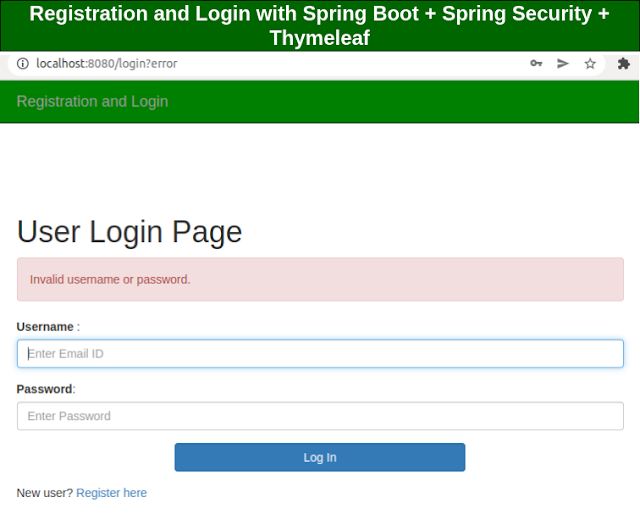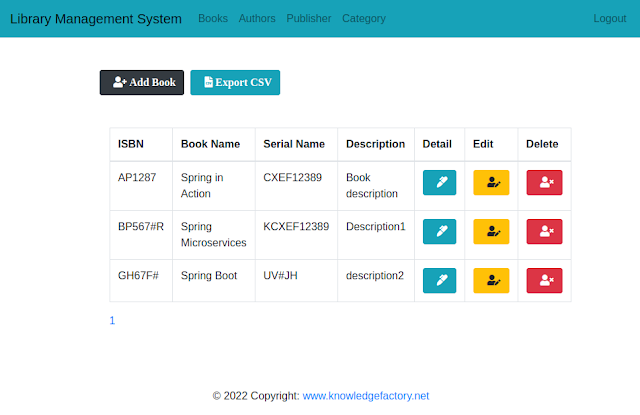Integrating Spring Boot Applications with Azure Service Bus
Description
- User: Triggers message sending by interacting with the Spring Boot application, e.g., via REST API.
- MessageSenderService: Business service responsible for sending messages.
- JmsTemplate: Facilitates communication with Azure Service Bus.
- Azure Service Bus Queue: Holds messages until processed.
- MessageReceiver: Processes messages received from the queue.
- Dead-letter queue: Handles messages that fail after retries.
Azure Service Bus is a fully managed enterprise messaging service that enables communication between distributed systems. This guide will walk you through the process of integrating a Spring Boot application with Azure Service Bus for reliable messaging.
1. Prerequisites
Before you begin, ensure you have the following:
Azure Account: An active Azure subscription. If you don’t have one, create a free account at Azure Free Account.
Azure Service Bus Namespace: Create a namespace in the Azure portal.
Navigate to Service Bus in the Azure portal.
Click + Create and follow the steps to create a namespace.
Inside the namespace, create a queue or a topic as needed.
Spring Boot Project: Set up a Spring Boot project using Maven or Gradle.
Java Development Kit (JDK): Ensure you have JDK 11 or higher installed.
2. Setting Up Your Spring Boot Project
Add Dependencies
Include the Azure Service Bus JMS dependency in your project:
For Maven:
<dependencies>
<dependency>
<groupId>com.azure.spring</groupId>
<artifactId>spring-cloud-azure-starter-servicebus-jms</artifactId>
<version>5.19.0</version> <!-- Replace with the latest version -->
</dependency>
</dependencies>For Gradle:
implementation 'com.azure.spring:spring-cloud-azure-starter-servicebus-jms:5.19.0'
3. Configuring Azure Service Bus Connection
You need to provide the connection details for Azure Service Bus in your application.properties or application.yml file.
application.properties
spring.jms.servicebus.connection-string=Endpoint=sb://<NAMESPACE>.servicebus.windows.net/;SharedAccessKeyName=<POLICY_NAME>;SharedAccessKey=<ACCESS_KEY>
spring.jms.servicebus.idle-timeout=30000
Replace:
<NAMESPACE>: Your Azure Service Bus namespace.<POLICY_NAME>: The name of the shared access policy.<ACCESS_KEY>: The primary or secondary key from the shared access policy.
4. Sending Messages
Create a service class to send messages to the Azure Service Bus queue or topic.
import org.springframework.beans.factory.annotation.Autowired;
import org.springframework.jms.core.JmsTemplate;
import org.springframework.stereotype.Service;
@Service
public class MessageSenderService {
@Autowired
private JmsTemplate jmsTemplate;
public void sendMessage(String destination, String message) {
jmsTemplate.convertAndSend(destination, message);
}
}
Usage Example
Inject the MessageSenderService and send a message:
import org.springframework.beans.factory.annotation.Autowired;
import org.springframework.boot.CommandLineRunner;
import org.springframework.stereotype.Component;
@Component
public class MessageSenderRunner implements CommandLineRunner {
@Autowired
private MessageSenderService messageSenderService;
@Override
public void run(String... args) throws Exception {
messageSenderService.sendMessage("my-queue", "Hello, Azure Service Bus!");
}
}
5. Receiving Messages
Create a listener class to consume messages from the Azure Service Bus queue or topic.
import org.springframework.jms.annotation.JmsListener;
import org.springframework.stereotype.Component;
@Component
public class MessageReceiver {
@JmsListener(destination = "my-queue")
public void receiveMessage(String message) {
System.out.println("Received message: " + message);
}
}
6. Customizing JmsTemplate
You can customize the JmsTemplate bean for specific configurations, such as enabling publish/subscribe messaging for topics.
import org.springframework.context.annotation.Bean;
import org.springframework.context.annotation.Configuration;
import org.springframework.jms.core.JmsTemplate;
@Configuration
public class JmsConfig {
@Bean
public JmsTemplate jmsTemplate(org.springframework.jms.connection.ConnectionFactory connectionFactory) {
JmsTemplate jmsTemplate = new JmsTemplate(connectionFactory);
jmsTemplate.setPubSubDomain(false); // Set to true for topics
return jmsTemplate;
}
}
7. Testing the Integration
Run the Spring Boot Application: Start the application.
Send a Message: The
MessageSenderRunnerwill send a message to the configured queue.Receive the Message: Verify that the
MessageReceiverlogs the received message.
8. Advanced Features
Dead-letter Queues
Dead-letter queues are used to store messages that cannot be delivered or processed. You can configure your queue to enable dead-lettering and handle these messages explicitly.
Topics and Subscriptions
For publish/subscribe scenarios, use topics and subscriptions instead of queues. Update the destination in MessageSenderService and MessageReceiver accordingly.
Retry Policies
Implement retry policies for transient failures using Azure Service Bus features or custom retry logic in your application.
9. References
This end-to-end guide covers everything you need to integrate Spring Boot applications with Azure Service Bus for messaging.
Unlock Your Microservices Mastery for Only $9!
Get your copy now for just $9! and start building resilient and scalable microservices with the help of Microservices with Spring Boot 3 and Spring Cloud.










